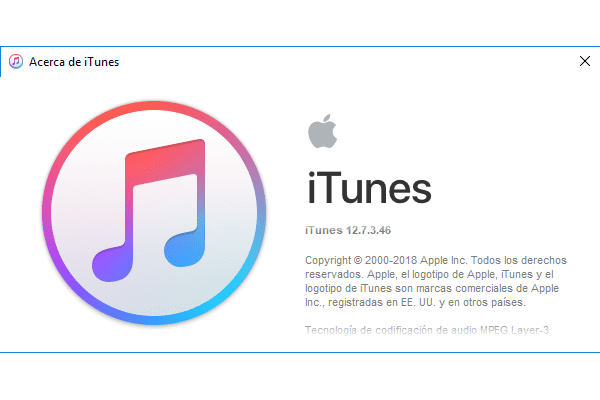The ratio or interaction rate it is a KPI of online marketing. Measures the ratio of interactions (such as clicks, started videos) and page views. It is expressed as a percentage.
General information
Monitoring is of vital importance in online marketing. The effectiveness of campaigns can be evaluated using different characteristics. The interaction ratio reflects the link between user actions and page views. When a website or a banner is seen on a web page, these numbers are only significant when they are linked to the actual actions of the user. The interaction rate is, in this way, a measure of the user's interest in multimedia content.
Interaction can mean different things. Every click on a button on a website, any video started, any field maximization or any indication of the Facebook social network can, in principle, be referred to as interaction and counted. However, the term "engagement rate" is often used in online marketing to examine the effectiveness of advertising campaigns. Along with other KPIs such as engagement time, expansion rate, page views, bounce rate, or click-through rate campaigns, they can be tested and improved in different ways. Whether and to what extent users have interacted with the content is important feedback for marketers, in order to measure performance and, if necessary, make changes to the content.
Practical relevance
The measurability of the interaction depends on the medium in which it is advertised. For example, you can only measure page views, clicks, and access time periods with a conventional ad that includes a pixel count or cookie. For commercial promotion on rich media, additional data is available such as expansion speed, interaction time or video viewing time. Therefore, the meaning of the data on the interaction depends on the technical possibilities that the medium contains.
Relevance for SEO
In the area of search engine optimization, engagement rate is assumed to be a major influence on ranking. However, since Google uses more than 200 criteria to examine websites, this can only be assumed. In spite of everything, it is indisputable that the data from the web analysis is used to rank the Google index. User experience (and interaction is part of it) has a high priority. Because Google's premise has been and continues to be that users must find what they want.
Therefore, the user's interest in a specific content is decisive for the success of the search, at the same time of the calls to the pages, the click-through rates, the bounce rates and the time of permanence. However, it is not clear how important individual factors are[1]
Web Links





